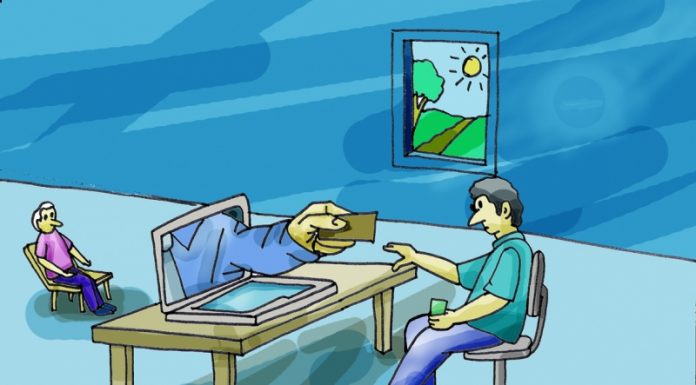Anyone who curses a computer network, because it slows down, will appreciate the treatments offered by Rice University scientists. Rice’s computer scientist, Eugene Ng, and his team say that when the crash inevitably occurs, the solution will keep the data on the fast track.

NG introduced ShareBackup, a strategy that allows shared data centers to capture network traffic within a fraction of a second of a program or device crash. Ng said that this idea will become a general sentiment among data professionals, scientists and people who rely on the network to provide results day in and day out.
The usual response to an error key is to cancel the flow of data to another line. “In general, the network has several paths to the server, just like a shutdown on the highway, let us move. This is a traditional and logical way: failures go beyond where you want to go. ” But sometimes there are other crowded roads and everything is shrinking. “Data centers are not the Internet, they are not the people who browse the site,” Ng said. “They support data-intensive applications such as data extraction or automated learning, many of which have strict performance delays, so invisible traffic routing can be a data center error.”
The data network consists of servers and network switches. The key moves the package to the desired location. But things have failed, especially in large data centers that contain thousands of pieces of hardware. Ng Labs’ strategy is not a heavy option for installing redundant keys on the network, but places adapters and software in strategic locations that can get faulty key traffic in less than one microsecond. When the problem is resolved, team programs can cause the backup key to handling another failure.
The switching speed is fast enough – the recovery time of the failure is 0.73 milliseconds, including Cummins and the hardware control system – most users never know that part of the system has failed. The fact is that the percentage of devices that fail at any one time is very small and most failures can be resolved by restarting the device. Sometimes the program hangs and will be redirected through a simple power cycle. This failure may not last for long.
“We are working hard to take advantage of these opportunities,” he said. “That’s why we may have several tools to back up multiple devices,” NG said. ShareBackup only stores time and money in the data center to support data traffic but helps analyze problems and often encounters network failures, including incorrect settings.
“Our work area helps the data center to crack in the network.” After the backup is activated, you can eject a failed device in the production network and examine to determine which element is causing the problem. “We now have two systems and we know that if they have to be replaced, they will be replaced,” he said. “The problem is that our software can detect these devices in a semiconductor way, part of the good part, and then it can be recovered.”

















